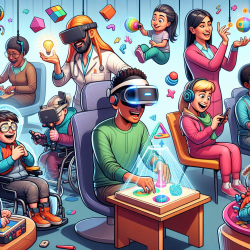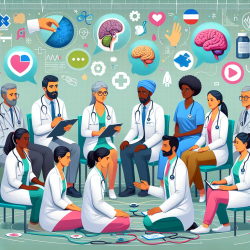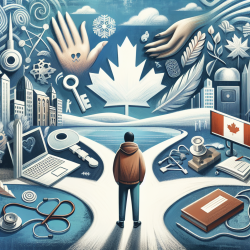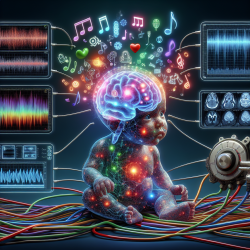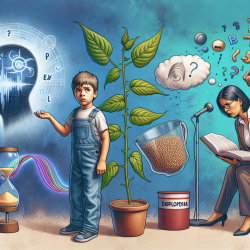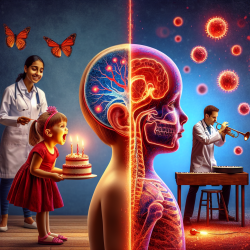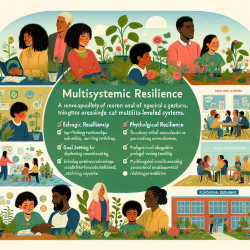As a Special Education Director, my journey has been filled with more plot twists than a bestselling novel. But nothing prepared me for the rollercoaster ride of integrating virtual therapy into our special education program. Let's dive into the hilarious yet profoundly impactful world of virtual therapy and how it's reshaping the landscape of special education.
Imagine this: a world where children receive therapy through screens, where therapists teleport into homes with the click of a button, and where my most significant concern isn't therapist staffing shortages but whether everyone remembers to mute their microphones. Welcome to the future of special education, folks!
First off, let's address the elephant in the room - or should I say, the therapist in the screen? The transition to virtual therapy was like trying to teach my grandmother to text. Initially, there was resistance ("What do you mean you can't hand me the therapy materials through the screen?"), confusion ("You're frozen. No, not emotionally, your screen is frozen."), and the occasional mishap ("I'm sorry, I can't hear you over your cat's passionate rendition of the national anthem.").
But as we navigated through the technical jungle, something magical happened. We discovered that virtual therapy wasn't just a makeshift raft we were clinging to in the storm of therapist shortages; it was a high-speed jet ski propelling us toward uncharted territories of efficiency and effectiveness. Here are a few reasons why virtual therapy in special education is not just working but thriving:
- Flexibility Fit for a Yoga Instructor: Scheduling therapy sessions has never been easier. Gone are the days of playing Tetris with therapist schedules and school calendars. Virtual therapy offers the flexibility to provide services when and where it's most convenient for our students and their families.
- Engagement Levels That Would Make a Video Game Jealous: Children are digital natives. Introduce them to a platform where learning and therapy happen through interactive games and videos, and watch their engagement soar. It's like sneaking vegetables into a smoothie – they're improving their skills without even realizing it.
- A Personalized Learning Experience: Virtual therapy allows for a tailored approach to each child's needs. With a plethora of online resources at our fingertips, therapists can quickly adapt materials and strategies to fit the unique learning styles of our students.
Now, let's talk about the unexpected comedy that comes with virtual therapy. Picture a session where a child decides to give their therapist a tour of their home, pet introductions included, or when a parent, forgetting the camera is on, walks by in a dinosaur costume preparing for a birthday party. These moments of levity not only break the ice but also build a unique bond between therapists, children, and families.
Of course, virtual therapy isn't without its challenges. Internet connectivity issues can turn a session into an impromptu game of charades, and sometimes the allure of the mute button is too strong for our little friends, leading to a silent movie version of therapy. Yet, these hurdles have only strengthened our resolve and creativity in delivering special education services.
Through the highs and lows, virtual therapy has taught us valuable lessons. It's shown us the importance of adaptability, the power of technology in education, and that sometimes, a little laughter can turn a challenge into an opportunity. As we continue to explore this digital frontier, one thing is clear: the future of special education is bright, and surprisingly, quite hilarious.
In conclusion, while the transition to virtual therapy in special education may have seemed daunting at first, it has opened up a world of possibilities. It's not just about overcoming therapist staffing shortages or ensuring legal compliance; it's about creating a more inclusive, flexible, and engaging learning environment for our children. So, let's continue to embrace this journey with open arms and maybe a few laughs along the way. After all, laughter is the best therapy.
